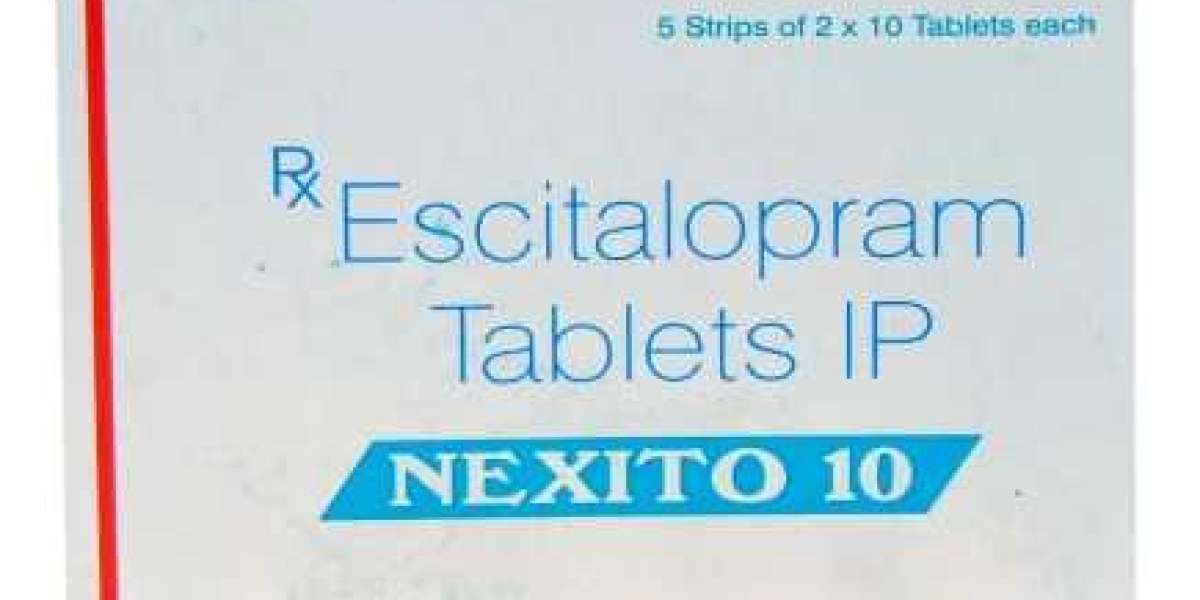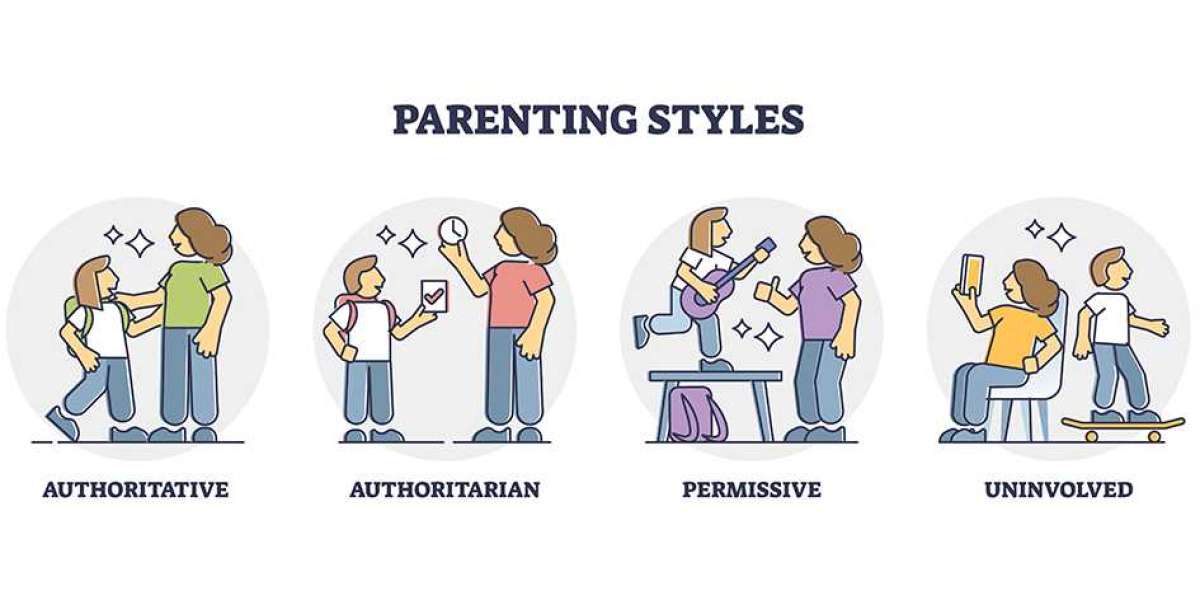Introduction
Escitalopram is a widely prescribed medication used to manage major depressive disorder (MDD) and generalized anxiety disorder (GAD). As a selective serotonin reuptake inhibitor (SSRI), it plays a significant role in improving mental health. This blog will guide you through the essential details about Escitalopram 10 MG, including how it works, its benefits, potential side effects, and important usage guidelines.
What is Escitalopram?
Escitalopram 10mg is a type of SSRI designed to enhance mood and reduce anxiety by increasing serotonin levels in the brain. Serotonin is a neurotransmitter that helps regulate mood, emotions, and overall mental well-being. By preventing the reuptake of serotonin, Escitalopram ensures that more of this "feel-good" chemical is available in the brain.
How Does Escitalopram 10 MG Work?
Escitalopram functions by inhibiting the reabsorption (reuptake) of serotonin in the brain. This action increases the levels of serotonin, which can help improve mood and decrease feelings of anxiety. By enhancing serotonin availability, Escitalopram aids in stabilizing mood and alleviating symptoms of depression and anxiety.
Dosage and Administration
Starting Dosage: For most individuals, the initial dose is 10 mg taken once daily. This dosage helps gauge the patient’s response to the medication.
Adjustments: Depending on the effectiveness and tolerance, the dosage may be adjusted. The maximum recommended dose is 20 mg per day.
Administration Tips: Escitalopram can be taken with or without food. It is recommended to take it at the same time each day to maintain consistent levels in the body.
Benefits of Escitalopram 10 MG
Effectiveness: Escitalopram is effective in reducing symptoms associated with depression and anxiety. Patients often report improvements in mood, energy levels, and overall quality of life.
Tolerability: Compared to some other antidepressants, Escitalopram generally has a favorable side effect profile, making it a preferred choice for many healthcare providers.
Improved Quality of Life: By managing symptoms effectively, Escitalopram can significantly enhance daily functioning and well-being.
Common Side Effects
While Escitalopram is generally well-tolerated, some individuals may experience side effects. Common side effects include:
- Nausea: Some patients may feel queasy, especially when starting the medication.
- Fatigue: Feeling unusually tired can occur but often diminishes over time.
- Dry Mouth: This is a common side effect, which can be managed by staying hydrated.
- Insomnia: Difficulty sleeping may be experienced, particularly at the beginning of treatment.
- Sexual Dysfunction: Changes in sexual desire or performance may occur.
Managing Side Effects: If side effects are bothersome, consult your healthcare provider for potential adjustments or strategies to alleviate them.
Serious Side Effects and Warnings
Serious Reactions: While rare, serious side effects can occur, such as:
- Suicidal Thoughts: Increased risk of suicidal ideation, particularly in younger individuals.
- Severe Allergic Reactions: Symptoms like rash, itching, or swelling may indicate an allergic reaction.
- Serotonin Syndrome: A potentially dangerous condition caused by excess serotonin, characterized by agitation, hallucinations, rapid heart rate, and high blood pressure.
What to Do: Contact your healthcare provider immediately if you experience any severe or concerning symptoms.
Precautions and Warnings
Pre-existing Conditions: Use Escitalopram cautiously if you have a history of bipolar disorder, seizures, or liver problems.
Drug Interactions: Be aware of potential interactions with other medications, such as MAO inhibitors, other SSRIs, and certain pain medications. Always inform your healthcare provider about all the medications you are taking.
Pregnancy and Breastfeeding: Consult with your healthcare provider if you are pregnant or breastfeeding, as Escitalopram may pose risks to the fetus or infant.
Interactions with Other Medications
Escitalopram can interact with various drugs, potentially affecting its efficacy or increasing side effects. Common interactions include:
- MAO Inhibitors: Combining with these can lead to serious side effects.
- Other Antidepressants: Can increase the risk of serotonin syndrome.
- Certain Pain Medications: Some may interact with Escitalopram, affecting its action or side effect profile.
Consultation: Always discuss with your healthcare provider before starting any new medication.
How to Use Escitalopram Effectively
Consistency: Taking Escitalopram regularly at the same time each day helps maintain its effectiveness.
Missed Doses: If you miss a dose, take it as soon as you remember unless it is almost time for your next dose. Do not double up to make up for a missed dose.
Discontinuation: If you need to stop taking Escitalopram, consult your healthcare provider to avoid withdrawal symptoms and ensure a safe discontinuation process.
Special Considerations
Use in Children: Not recommended for children under 12 years of age due to limited safety and efficacy data.
Elderly Patients: Older adults may require adjusted dosages and careful monitoring.
Long-term Use: Regular follow-up with your healthcare provider is essential to monitor the medication’s effectiveness and manage any long-term side effects.
Conclusion
Escitalopram 10 mg is a valuable medication for managing depression and anxiety, offering significant benefits in improving mental health. However, like all medications, it requires careful use and monitoring. Always consult with your healthcare provider for personalized advice and to address any concerns about Escitalopram.








